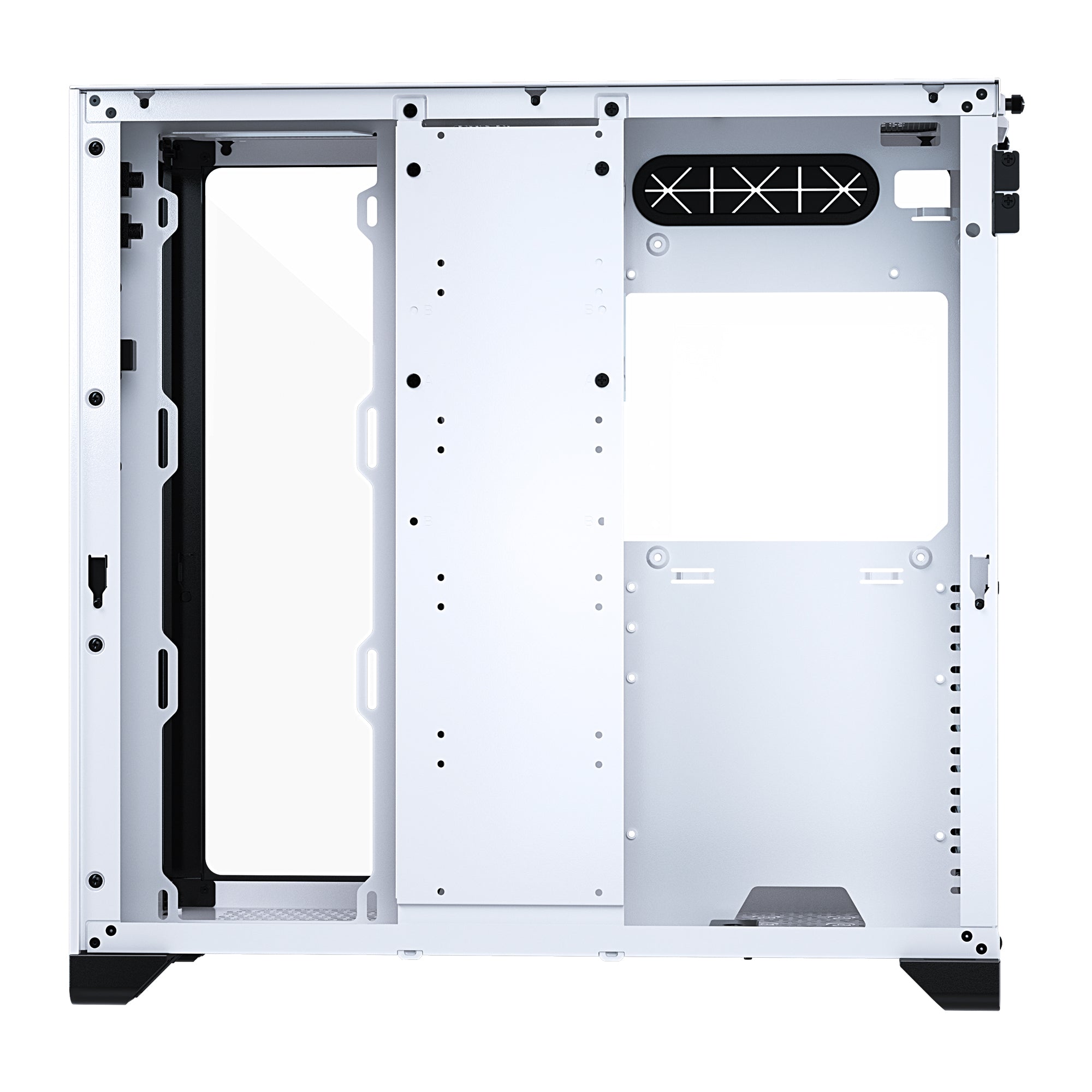
:strip_exif()/i/2003395852.jpeg)
Short story: I had a brother who passed a year and a half ago, he told me to get a PC but I never understood what was so cool about them until now, I've been collecting all my parts for about a year and a half now, this is something he would've loved because he knew more about computers than I do.

I'm just scared that anything may go wrong, and I'd like to consult the experts! (: By the end of November, everything should be in place.Īnyway, my concern is whether this computer case (which I linked to at the bottom) can accommodate an EVGA 1200 p2 power supply. I don't know much about computers, but I'm almost done gathering all of the necessary components.

Pick, Assemble and Install: Video Guide.No intentionally harmful, misleading or joke advice.No excessive posting (more than one submission in 24 hours).No selling, trading or requests for valuation.No self-promotion, advertising, begging, or surveys.No submissions about memes, jokes, meta, or hypothetical / dream builds.No titles that are all-caps, clickbait, PSAs, pro-tips or contain emoji.No submissions about retailer or customer service experiences.No submissions about sales, deals or unauthorized giveaways.No submissions about hardware news, rumors, or reviews.Please keep in mind that we are here to help you build a computer, not to build it for you. In 1973, it became the flagship station of Unity Broadcasting's National Black Network (NBN).Submit Build Help/Ready post Submit Troubleshooting post Submit other post New Here? BuildAPC Beginner's Guide Live Chat on Discord Daily Simple Questions threads WNJR suffered from poor nighttime signal coverage and co-channel interference.Īs Newark (its home city) became predominantly African-American during the 1970s, WNJR switched to a black-oriented music and news format. The station's two 344-foot (105 m) guyed broadcast towers were well-known to residents of the newly-developed College Estates section of Union. Despite claiming to be based in Newark, from the late 1950s through the 1970s the station broadcast from a studio at 1700 Union Avenue in Union. In 1967, Rollins Broadcasting, after a dispute with its airstaff, restructured into Continental Broadcasting.During the 1950s and 1960s the station featured some of the earliest rock and roll programming in the New York area, including the first claim to airing Alan Freed in that region. Some of the jocks included Hal Wade, Danny Stiles, Bobby Jay, Hal Jackson, and others. As Newark's population became increasingly African-American in the 1960s, WNJR evolved into an R&B Music format full-time. The Newark Evening News owned WNJR until 1953, when Rollins Broadcasting bought the station. The station diversified its programming, running Jazz blocks, R & B music, talk shows, and Latin music. Ahead of its time, it first aired an unsuccessful all-news format. In 1947, the station changed its callsign to WNJR and its ownership to North Jersey Radio. At the time, the The Newark Sunday Call was being purchased by the Newark Evening News. In 1946, The Newark Sunday Call purchased WBYN from the FCC.

WNJR was a commercial station first located at 91 Halsey Street in Newark, with a transmitter power output (TPO) of 5000 watts.


 0 kommentar(er)
0 kommentar(er)
